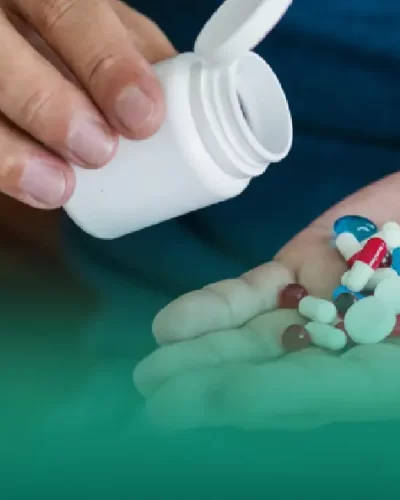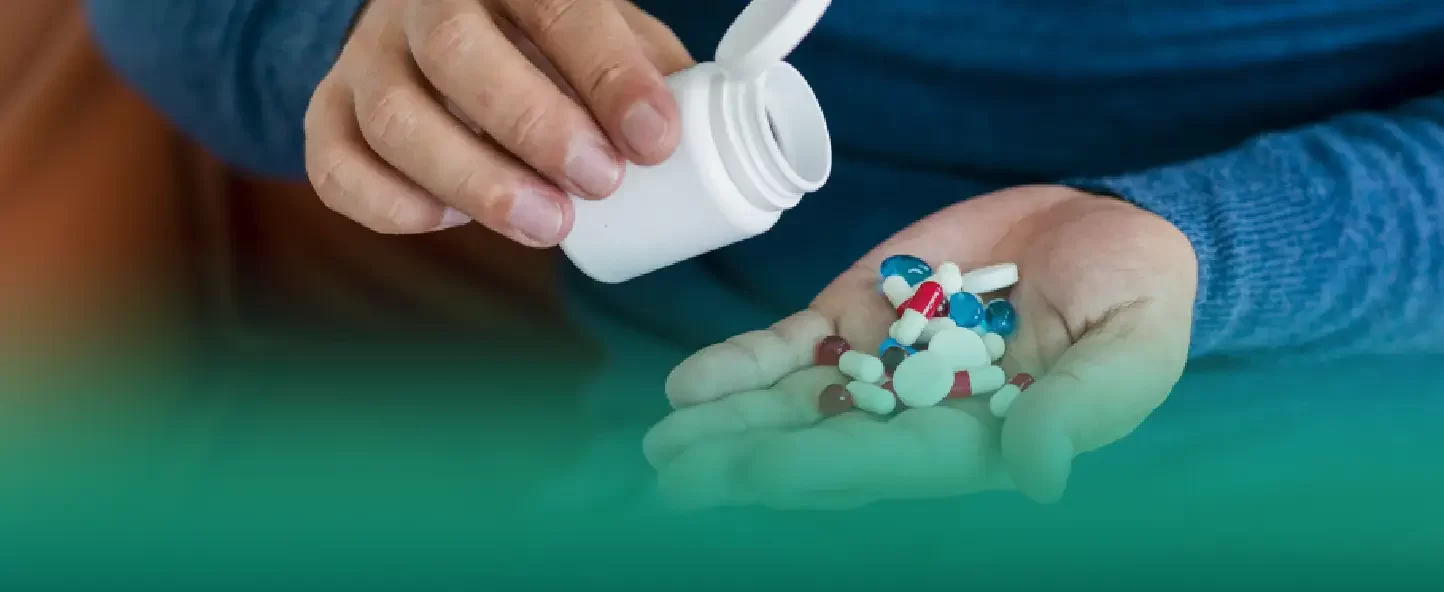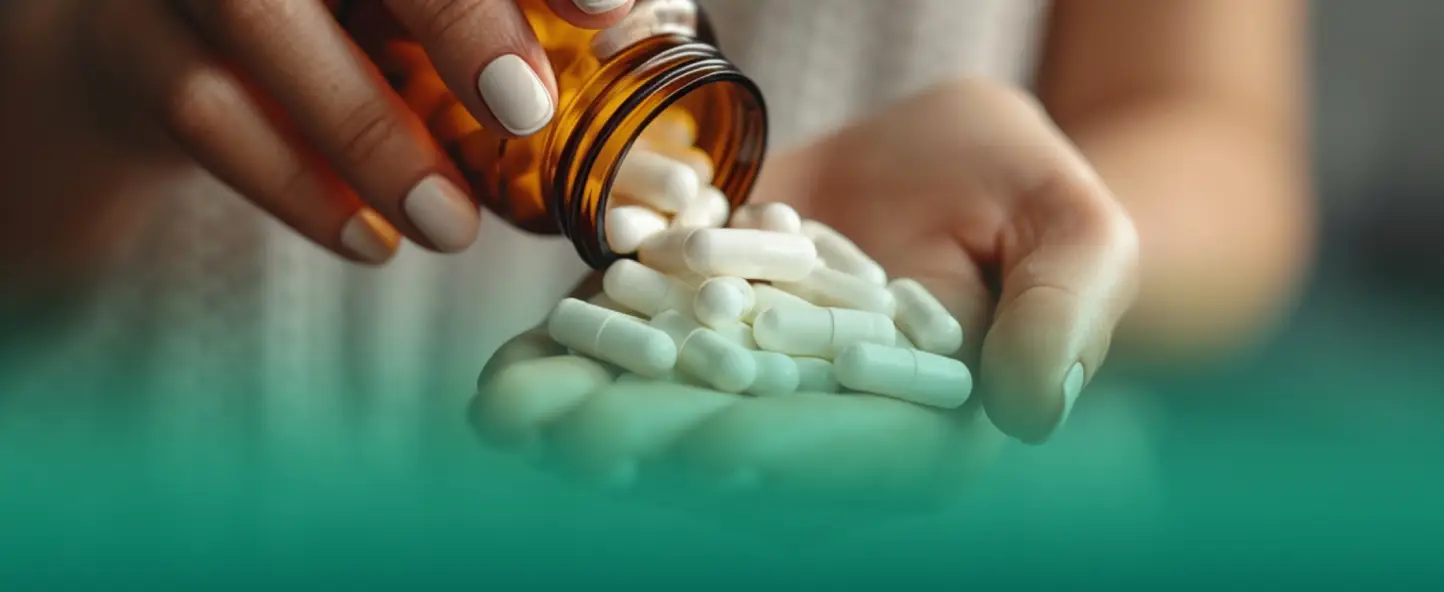How to take antibiotics correctly?
Myth: Antibiotics are a universal cure for colds
In fact, most colds are caused by viruses. Antibiotics have no effect on viruses, they are only effective against bacteria. They are usually prescribed for complications of the common cold, such as upper and lower respiratory tract infections (pharyngitis, laryngitis, bronchitis).
But uncontrolled use of antibiotics, especially without a doctor’s prescription, can be harmful. Antibiotics should only be taken for the full course and after consultation with a doctor. Antibiotics should not be shared with family members or friends.
An antibiotic should be prescribed after sensitivity testing. Antibiotic resistance occurs when bacteria become resistant to antibiotics, making them more difficult to treat. Inappropriate use of antibiotics can contribute to the development of resistance, making future infections more difficult to treat.
Myth: Taking two antibiotics at the same time increases the effect of treatment
Antibiotics are designed to fight bacterial infections, and each one targets a specific pathogen. Therefore, replacing or simultaneous use of several antibiotics is not recommended during treatment.
When antibiotics are used correctly, they are usually safe and have minimal side effects.
Taking two antibiotics at the same time is not recommended, since each of them can negatively affect the beneficial microflora of the body, and their combined use can lead to serious negative consequences for a weakened body. This combination is permissible only as prescribed by a doctor, when the use of each antibiotic separately does not bring the expected therapeutic effect.
Taking two antibiotics at the same time may contribute to the development of drug resistance, which can make subsequent treatment more difficult and counterproductive.
Myth: Antibiotics can be taken as often as needed
It is not recommended to use the same antibiotic more than once every 6 months. If you need to re-take an antibiotic in less than the specified period of time, it is important to inform your doctor. This will help to avoid incorrect re-use and prescription of a drug from a different group. It is important to remember which antibiotics you have previously used.
You should not prescribe antibiotics yourself. The duration of antibiotic use should be as prescribed by your doctor; you should not change the course of treatment at your own discretion, even if your health has improved. If allergic reactions or side effects occur, you should consult a doctor.
Good doctors turn to bacteriological research methods before prescribing antibiotics. For example, an antibiotic sensitivity test is performed before starting a course of treatment in order to select the most effective drug.
Myth: After taking antibiotics, it is necessary to restore the microflora
The use of antibiotics is recommended only as prescribed by a doctor for the treatment of various infectious diseases.
Although antibiotics can negatively affect the intestinal microflora, in most cases it recovers on its own. There is currently insufficient evidence for the effectiveness of probiotics in treating or preventing antibiotic-induced diarrhea. However, for those interested, you can consider preparations containing the bacteria Lactobacillus rhamnosus GG and Saccharomyces boulardii.
The only known microflora-related side effect of antibiotics is diarrhea. Usually this disorder is mild and disappears on its own within a few days without special treatment. To relieve symptoms, it is recommended to drink more fluids (except coffee, strong tea, sugary carbonated drinks and alcohol) and temporarily exclude dairy products, fatty and spicy foods from the diet.






